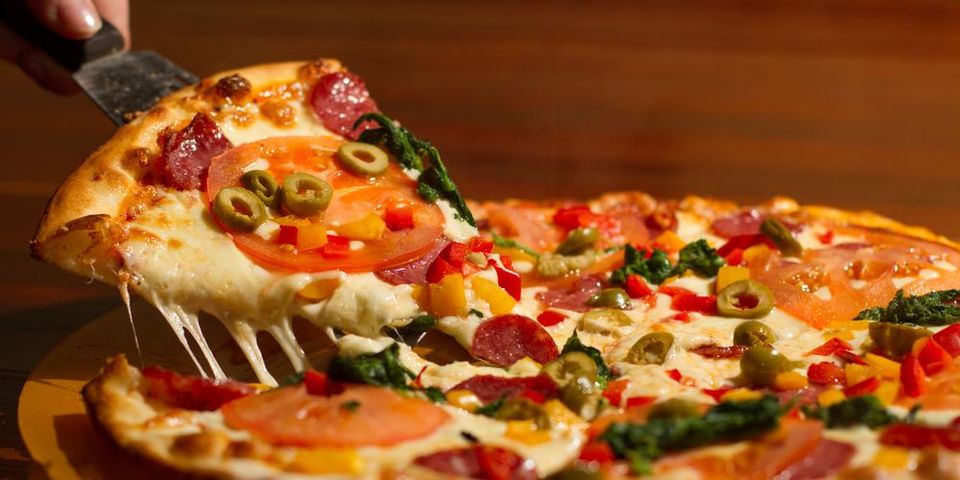
If you’re a pizza lover, you’ve likely spent plenty of time trying different topping combinations, but have you given much thought to the crust? It plays a significant role in the pizza’s flavor and texture, with traditional hand-tossed and pan crusts being the most popular. Below, you’ll find the specifics that make each unique so you can decide what you want next time to place an order.
3 Differences Between Traditional & Pan Crust Pizza
1. Thickness
Because pan crust pizzas are cooked in recessed pans, the crust rises higher, similar to deep-dish. Traditional crust rises naturally with no barrier, coming out thinner because it has room to expand outward.
2. Cooking Time
 Because the sides and bottom of pan crust pizzas come into direct contact with the recessed cooking pan or cast-iron skillet, they absorb heat more quickly, lowering the cooking time. With traditional crusts, only the bottom comes into contact with the flat pan or brick or stone of the oven, increasing the cooking time since heat is more slowly absorbed.
Because the sides and bottom of pan crust pizzas come into direct contact with the recessed cooking pan or cast-iron skillet, they absorb heat more quickly, lowering the cooking time. With traditional crusts, only the bottom comes into contact with the flat pan or brick or stone of the oven, increasing the cooking time since heat is more slowly absorbed.
3. Texture
Traditional crust is thinner, so it tends to be crunchy on the bottom and softer on the inside. Pan crusts are fluffier and chewier since the dough takes up more space on the pizza. When cooked longer, the thin outer surface of pan crusts may be crispy, though the inside will still be spongy and bread-like, which often results in more filling slices.
With over 300 locations around the country, Jet’s Pizza has proven to be a go-to choice for pizza lovers in the U.S. They offer an extensive menu of delicious meals, including their signature deep-dish pizza alongside hot subs, salads, and chicken wings. You can explore their complete menu online and also take advantage of pizza deals and other promotions. If you’re ready to place an order, call (513) 777-0666.
About the Business
Have a question? Ask the experts!
Send your question

